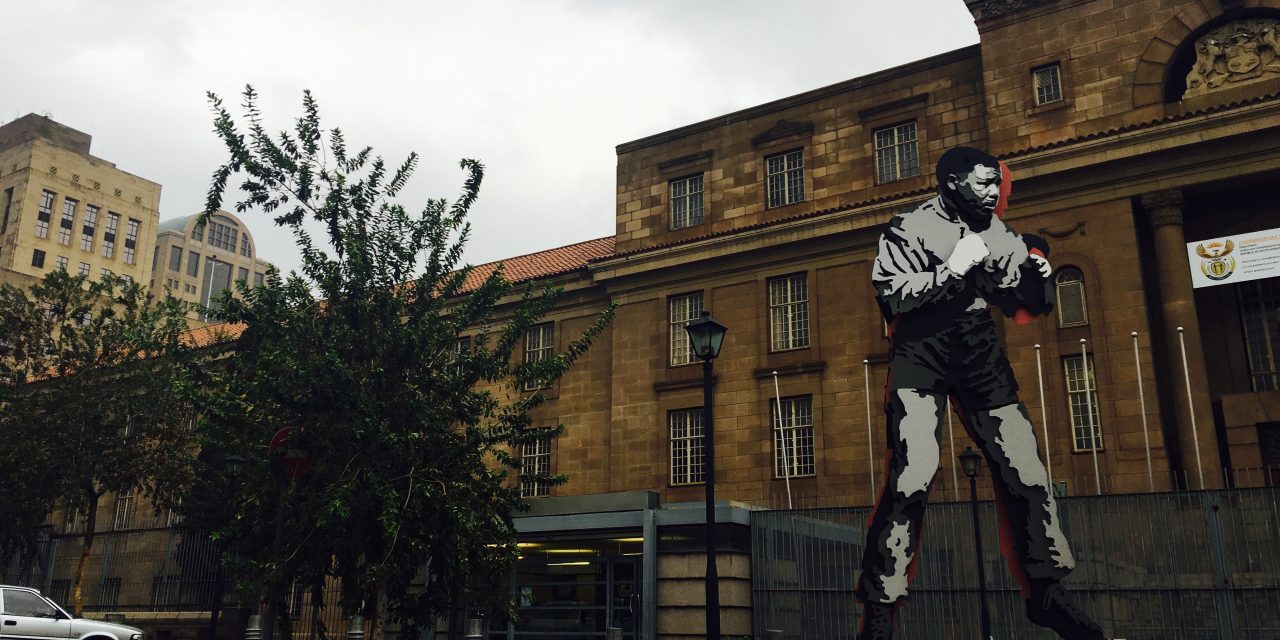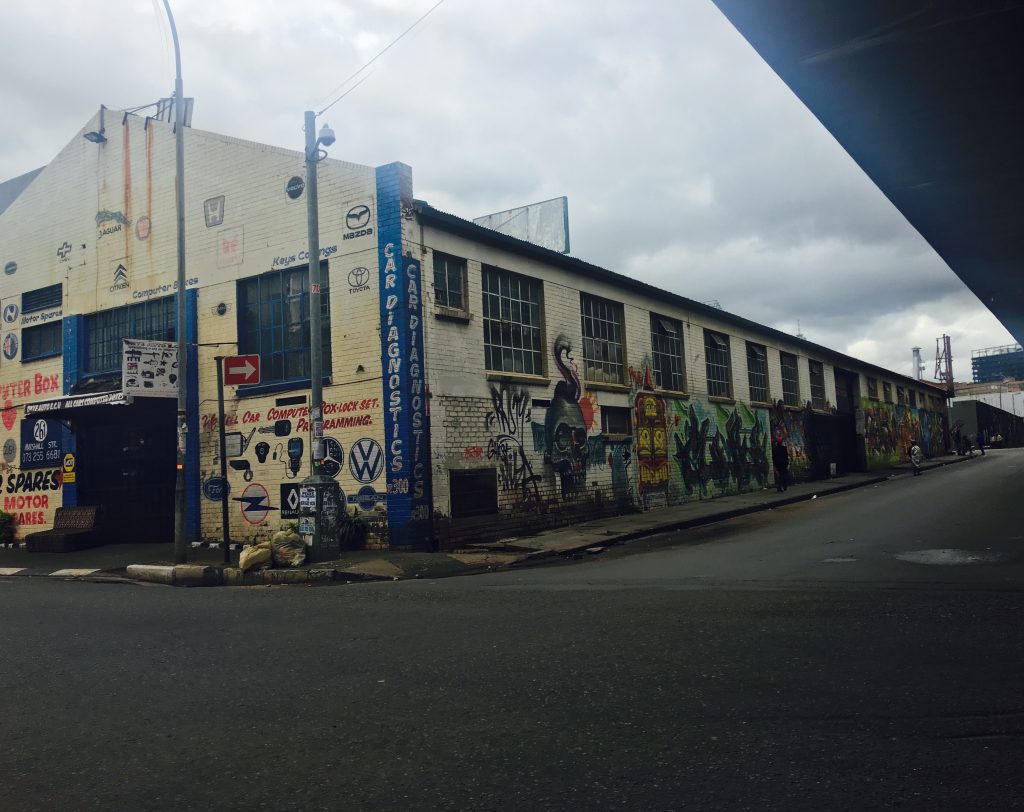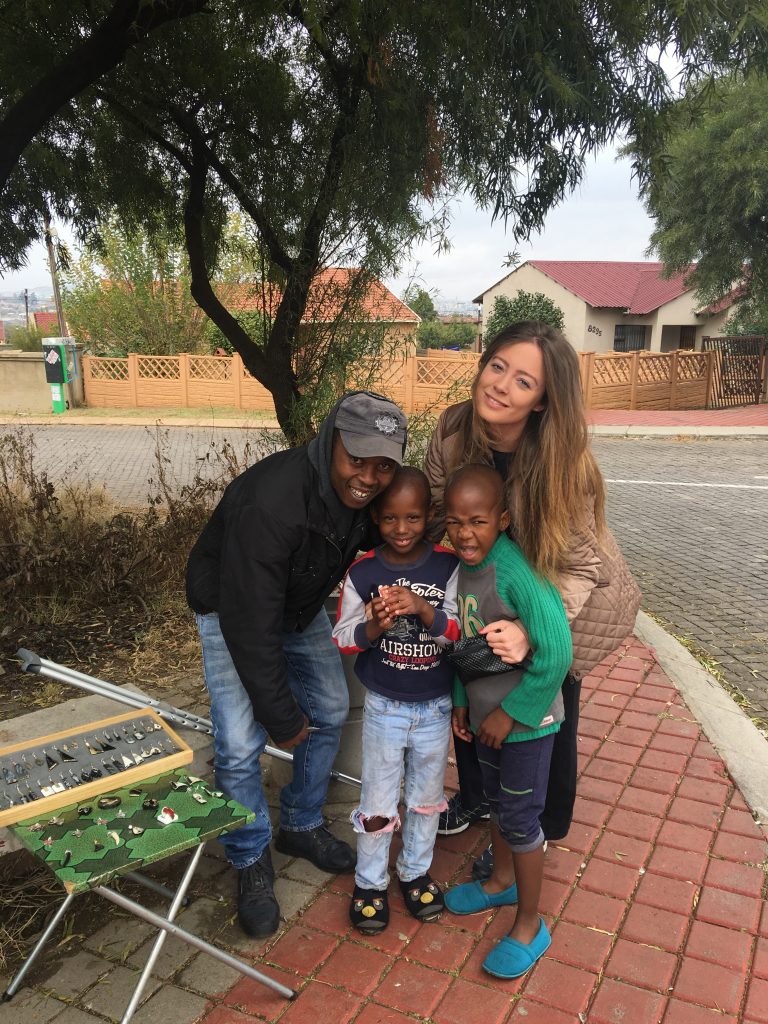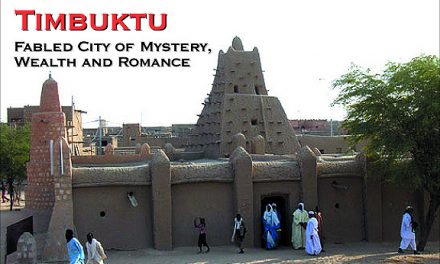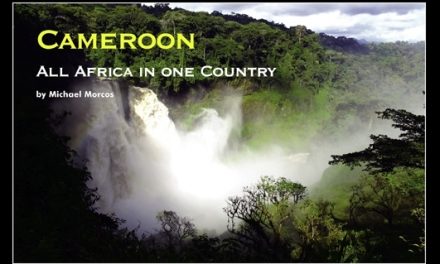South Africa
The Urban Renaissance of Johannesburg
Article & Photography by Olivia Balsinger
After about two decades of considerable setbacks in it economy and socio-politics, Johannesburg, the capital of South Africa, has been experiencing a rapid progress akin to a new age urban renaissance. This rebirth is the result of its post-apartheid initiatives, focused on forming a new and loquacious unity among all of its people, leading to developments in its urban planning, economic structure, artistic scene, and its proactive measures to promote tourism.
Its success cannot be understated, and it has assumed the role as the heart of the South African nation. A visit to Johannesburg is an eclectic experience, as it offers the chance to discover its vast and varied culture. You will learn about its controversial past, celebrate its inspiring transition and relish experiencing its new identity as a rather chic and progressive urban hub.
The key to Johannesburg’s impressive progress is perhaps its hyper awareness to illuminate its past. The approach itself is rather optimistic, highlighting the heroes of apartheid, without detracting from the realities of its heinousness. The best place to get an overview is the renowned Apartheid Museum, which condenses the narrative to its core timeline from its veritable beginnings in 1948 to its triumphant end in 1994, when Nelson Mandela was elected president of the republic.
Its comprehensive program delves into the catalysts and consequences of this dark era, emitting a beacon of hope by illustrating its gradual ascent to liberation — a modern example of triumph in the arena of human rights. For a more curated experience on the liberation movement, tourists are also enjoined to visit the Mandela Museum, which was converted from the house where Mandela’s family lived from 1946 to 1962. Perhaps the most emotive excursion for history buffs, however is Constitution Hill, where once the Old Fort Prison Complex stood, which housed revolutionary heroes, such as Mandela and Mahatma Gandhi, when they were incarcerated.
The city’s rich history echoes with numinous vibrations, which have over the years motivated a movement that seeks to replace the air of a repressed past with an open an honest art scene. Looking to the world’s more metropolitan cities like as Berlin, New York, and Paris as models of thriving urban hubs, Johannesburg has found its own voice in reimagining its cultural landscape by implementing conscious and focused redevelopment of its inner city neighborhoods. This reinvigoration of Newtown and Braamfontein, for example, has been extremely successful in cultivating a hip and thriving artistic climate, becoming home to some of the world’s most famous street art, such as The Shadow Boxer.
Of particular note in transitioning the concrete jungle of Johannesburg’s inner city precincts is the neighborhood of Maboneng. Like the rest of the precincts in the inner city, Maboneng was once a no-go area. It in fact was plagued with particular danger at the end of apartheid in 1994, due to the uncertainty and anxiety that the transition would inevitably incur: It faced crime waves as businesses relocated to the northern suburbs, leaving vacancy for squatters to move in to buildings and dangerous conditions. With all of this in consideration, it may seem like a high stakes bet for property developer Jonathan Liebmann to have the vision to convert this ghost town into a bustling artistic community.
With his company, Propertuity, Liebmann sought to attract artists and professionals back to the precinct, drawing parallels between derelict industrial spaces to those in other gentrified cities such as Williamsburg, Brooklyn, for example, where chic boutiques and art galleries now occupy disused warehouses. Speaking of warehouses, the nucleus of this buzzing urban destination is Arts on Main, operating out of a bonded warehouse dates back to 1911, and expands four blocks in diameter. Shops, galleries, vendors, and restaurants line the white-wash, high-ceilinged interior. Meanwhile, messages and testaments to Maboneng’s new identity are literally written on the walls, which is splayed with graffiti of lines such as “Love your work,’ adjacent to images executed by some of the cities most talented new residents. In order to attract more artists, the precinct offers discounted studios and apartments to up-and-coming creatives, with the most renowned being the multi-media giant William Kentridge.
Propertuity has truly given new meaning to Maboneng, which itself is translated to “Place of Light.” It has indeed brought it out of the shadows of a darker era to shine with the potential to change the future of the city, country, and the world by becoming the headquarters for artistic expression and discourse. When you visit this truly incredible neighborhood, be sure to stay in the boutique hotel Hallmark House, which is owned and developed by Propertuity. A landmark of a new chapter in African architecture, The Hallmark Hotel is a luxurious, curated living spaces (penthouses, apartments, and hotel rooms) for visitors and permanent residents alike. It captures the constantly elevating ambiance of Maboneng main streets to an indoor venue, converting an intangible culture into veritable lifestyle, where art and progressive thinking pervades.

